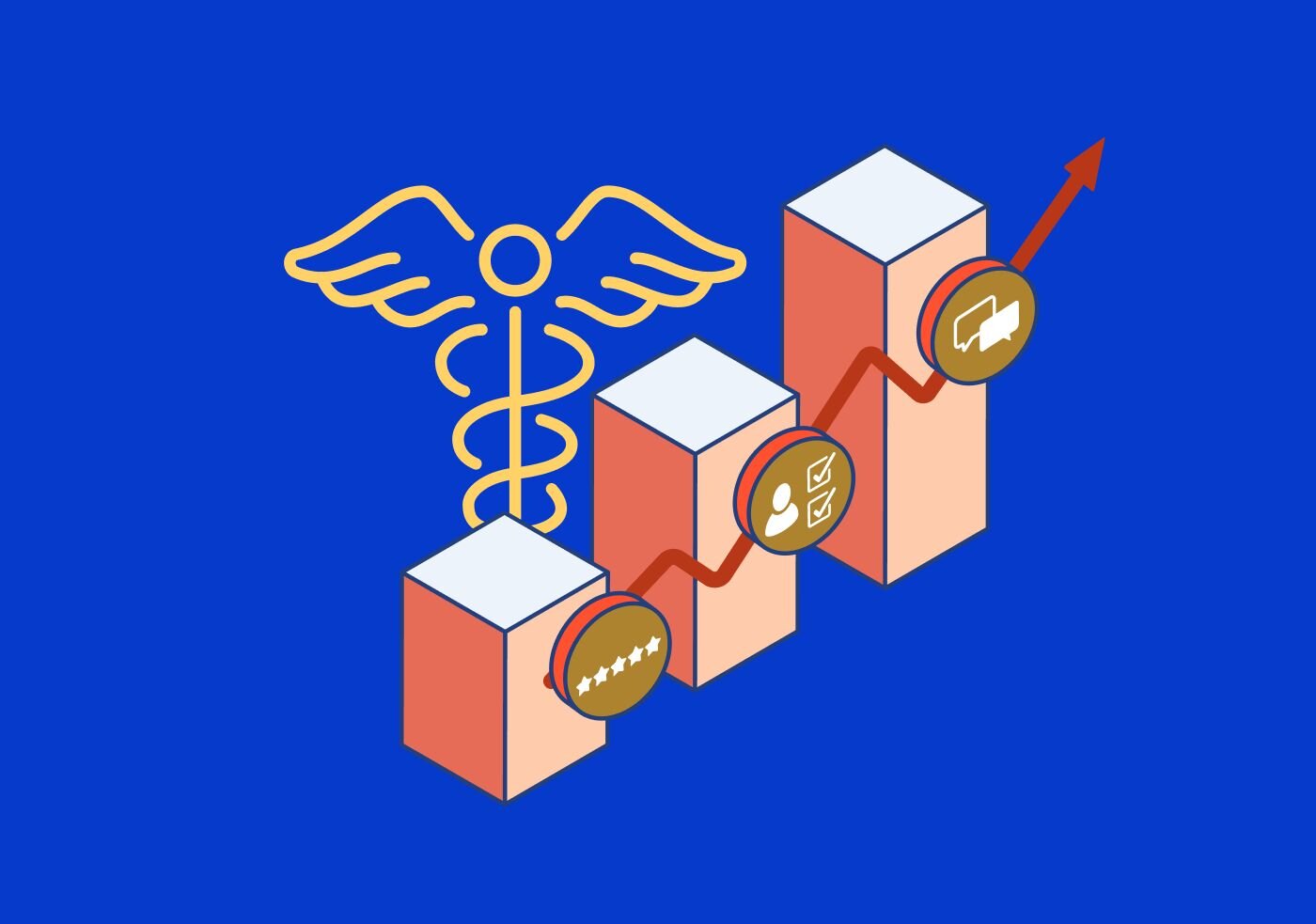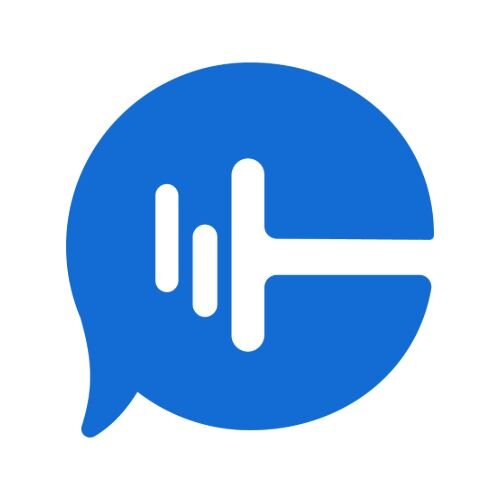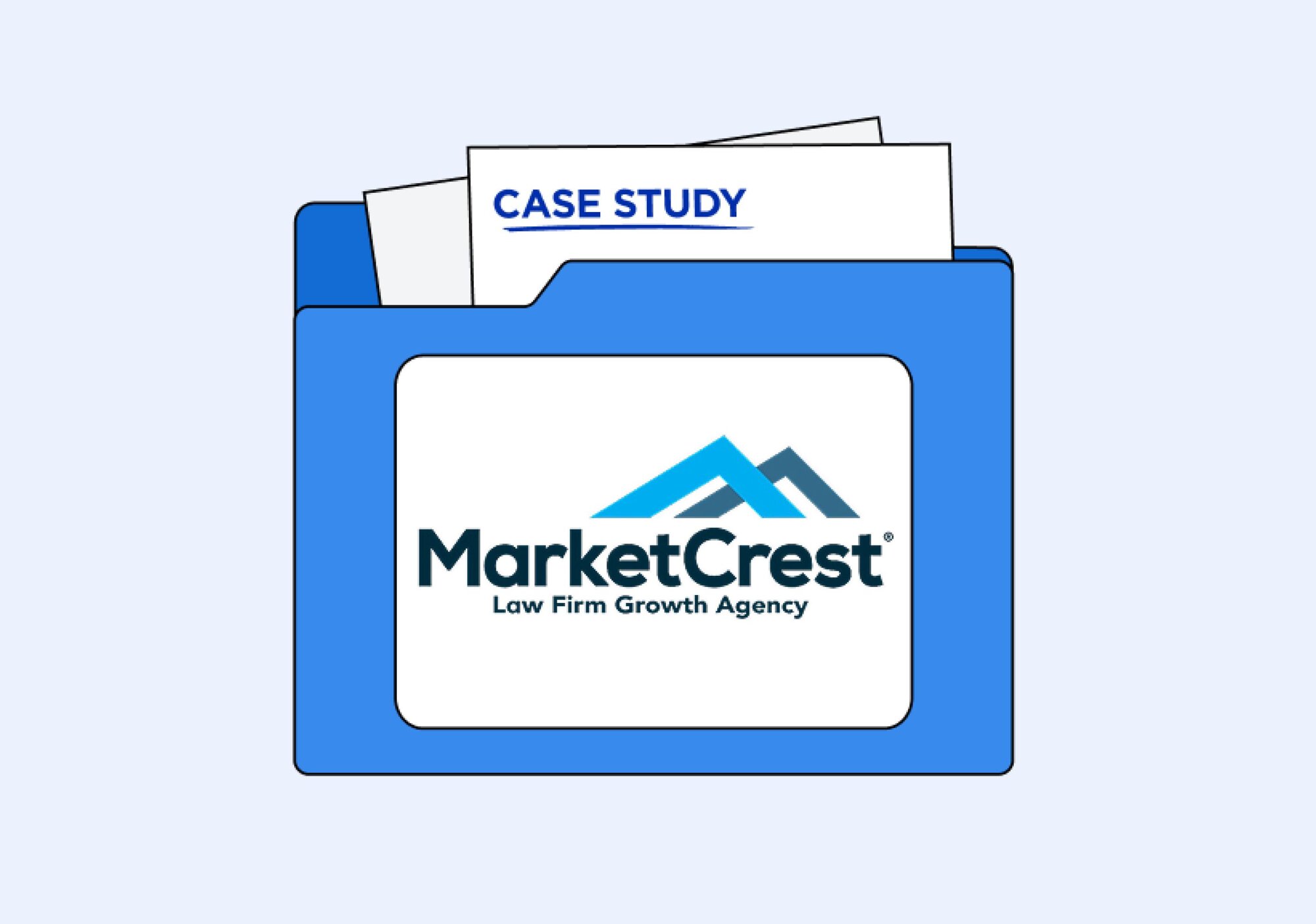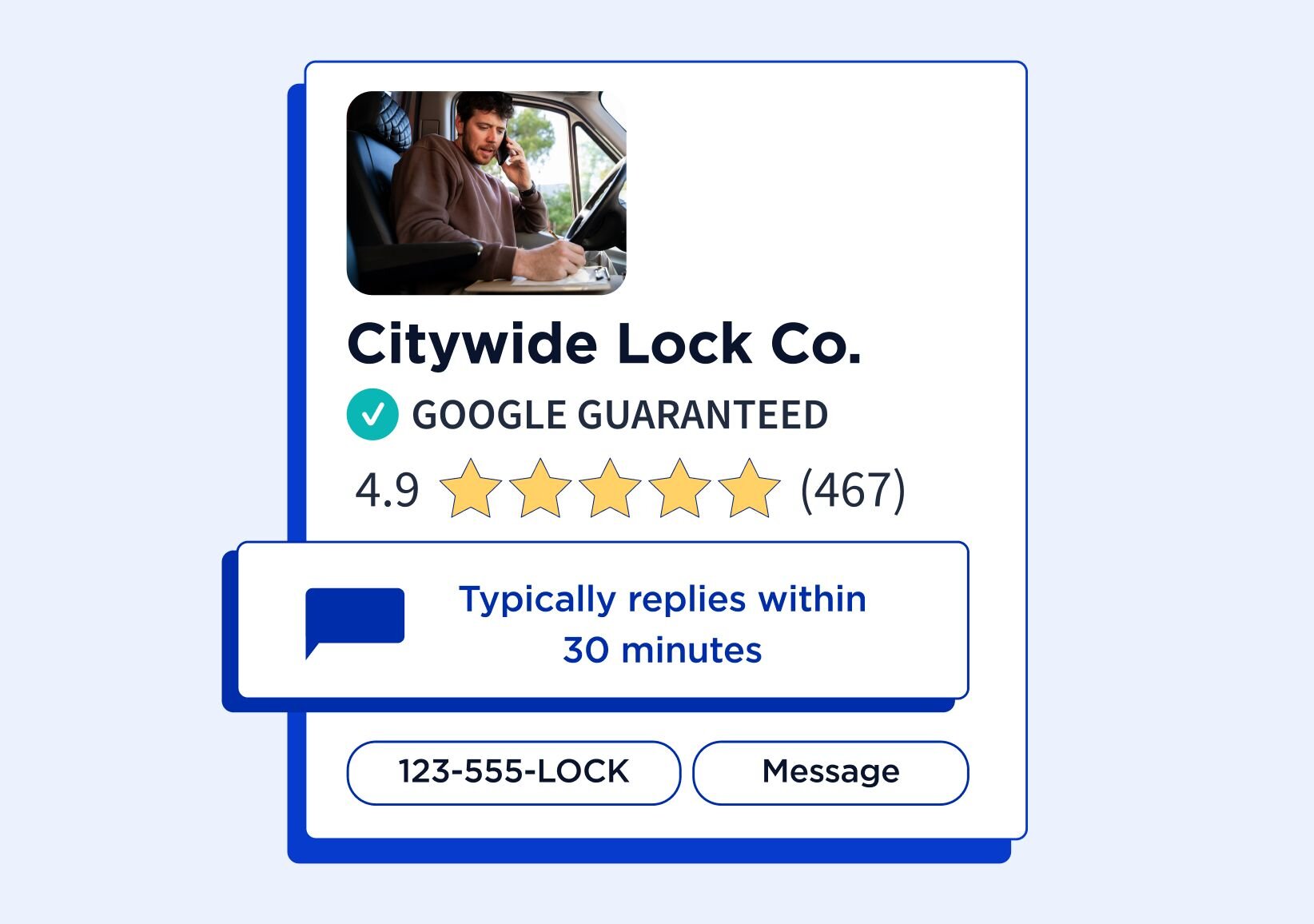Healthcare marketing is evolving. Providers can no longer depend solely on word of mouth to acquire new patients consistently. Fortunately, 2025 is the year AI–driven healthcare marketers have even more tools to make savvy marketing choices that increase their ROI and improve their patient experience.
Earlier in the year, we asked a robust group of healthcare providers about what trends were on the horizon in 2025. As we approach the halfway mark, we’re keeping an eye on how these trends are playing out and how healthcare marketers may need to adjust.
Read below for the mid-year update.
Trend 1: Budgets are increasing
More than half of our respondents expected to increase their marketing budgets, with the remaining companies maintaining the same budget as 2024. Without accurate attribution data, even the largest marketing budget will fail to provide a good return on investment. That’s especially important when dealing with thin margins. Using call tracking can help marketers make wiser decisions, lower their cost per acquisition, and eliminate channels that require more effort than they return.
Our clients report that they’re leaning into tried-and-true marketing channels —100% of customers we touched base with say they will continue to focus on email and online marketing. To diversify, some clients will grasp the human element and turn to in-person networking events. Google local service ads and paid search are also part of the healthcare marketing toolkit for 2025.
Mid-year update: So far in 2025, we've seen healthcare marketers shift not just how much they spend, but where they spend it. While budgets are still trending up, there’s been a reallocation toward retention and loyalty-building efforts. Paid campaigns now often include SMS remarketing and email nurture sequences for existing patients, with AI segmenting patient types more effectively. There’s also been a marked uptick in spending on patient experience tech — chatbots, live chat, and automated appointment reminders — especially for smaller practices trying to compete with larger systems.
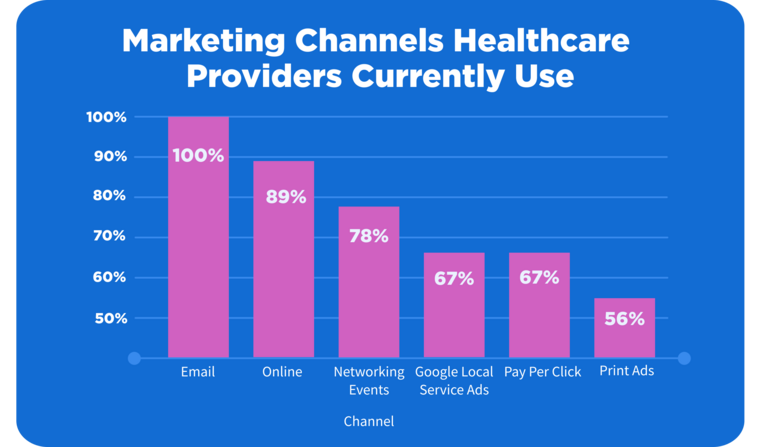
Trend 2: AI-powered marketing tools will become prevalent
As we mentioned, the potential use cases for AI have grown, and savvy marketers look forward to harnessing the power to streamline workflows and save time. Nearly 75% of respondents in our survey said they expected to increase their use of AI tools and virtual receptionist or answering services.
CallRail offers several AI-powered tools to help analyze incoming leads and help create efficient workflows:
- Call Tracking uses unique identifiers to uncover the patient journey from first exposure to first phone call. Providers can also use Call Tracking to route inbound calls, assigning them to the most appropriate and available person.
- Form Tracking, like Call Tracking, also uses unique identifiers to reveal the patient journey from initial digital interaction to form submission. Form Tracking also ensures online inquiries are routed to the right team member for prompt follow-up.
- Premium Conversation Intelligence uses AI to summarize calls and identify call sentiments, which can be used for training purposes, lead qualification, and uncovering potential service offerings. Conversation Intelligence also analyzes spoken keywords and generates transcripts, saving you the hassle.
- Convert Assist offers AI-powered action plans that speed response times and streamline workflows for front office teams. Healthcare marketers particularly benefit from Convert Assist as it can help personalize follow-up calls to increase the patient experience with minimal additional effort.
Mid-year update: AI usage has expanded in unexpected ways mid-year, especially in patient onboarding and feedback analysis. New integrations between lead generation platforms and EHR/CRM platforms allow for real-time syncing of AI-analyzed call insights directly into patient profiles, enriching records with sentiment tags and keywords. We're also seeing providers use generative AI to draft patient outreach emails based on call history and preferences. As AI tools that support HIPAA compliance mature, expect this trend to only deepen in Q3 and Q4.
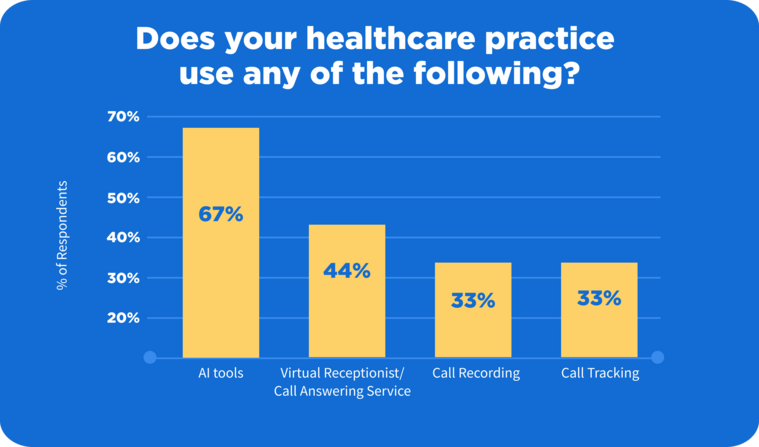
Trend 3: Localized SEO
Local results are powerful, and being in the neighborhood should be an advantage that every provider capitalizes on. ‘Near me’ searches are incredibly popular for patients looking for a healthcare provider, and it’s easy to understand why.
Since many healthcare providers find their own websites to be one of the most consistent platforms patients visit, optimizing them for localized SEO is more important than ever. Google Ads and Google My Business are standout performers for healthcare marketers, but these channels have to be supported by localized SEO to find patients.
Mid-year update: Google Business Profiles (formerly Google My Business) have added new AI-driven features this year, including automatic post recommendations and AI-generated Q&A responses, which practices are leveraging to stay current with minimal effort. Reviews now have added weight in local rankings, and “experience snippets” (phrases from reviews highlighting service quality) are being featured more prominently in search. Practices focusing on consistently gathering reviews and keeping NAP (name, address, phone) details up to date are winning local SEO battles in 2025.
Trend 4: Personalized patient engagement
Patients want to feel like more than a number when in the midst of health issues. Unfortunately, patient engagement is often the victim of efficiency, and rushing through calls can not only irritate potential patients but may also result in missed details that can impact their care. Nearly all of our customers reported that slow response times hindered converting new patients.
Missed calls are another hurdle. According to an analysis of our lead data, the healthcare industry misses 32% of its calls, the highest amount for any industry. Considering that 85% of missed calls will not call back, finding a way to connect is a competitive differentiator and could provide significant revenue for a small practice.
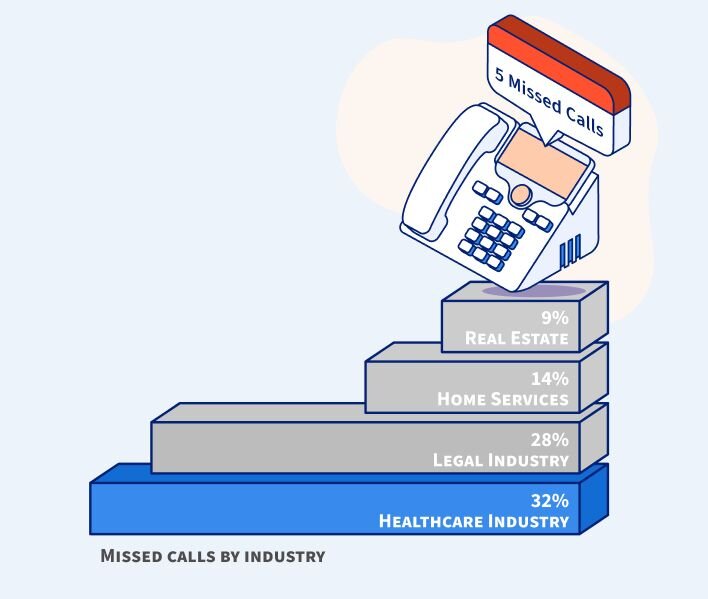
Fortunately, AI-powered technology can help beef up every call interaction. Missed calls are inevitable, but automated responses can help to reverse the damage. After a missed call, your practice can opt to send an immediate text to the caller, reestablishing contact and letting them know that someone will call them back. This 24-hour touchpoint can reduce lost leads.
Additionally, using call transcripts and call sentiments can help pinpoint ways to increase engagement and identify services patients want and need. If several patients request a particular service, transcripts can reveal the growing interest by identifying repeated keywords. AI analysis tools can use those keywords to uncover an additional service line that could prove profitable.
Advanced call flows can also help by customizing where calls are directed, allowing you to route calls to the team members who are the most available and qualified to help. With the addition of a voicemail-to-email feature, voicemails can also be automatically transcribed and sent to your email for follow-up.
Technology should make patient care feel more human, not less. Maximizing your time with your patients helps convert and retain patients in the long run.
Mid-year update: As mid-2025 unfolds, more practices are leveraging real-time sentiment analysis; not just for training, but to trigger immediate callbacks for frustrated or confused callers. This allows front office teams to resolve friction points before patients disengage. In addition, several providers now use dynamic content in their SMS follow-ups (e.g., referencing the service they asked about), which boosts response rates. With voicemail drop-off rates still high, practices using "smart re-engagement texts" (which offer appointment links directly) are seeing stronger conversion than simple “we missed you” messages.
Trend 5: Automation and streamlined workflows
So much automation is focused on saving time for patients and maximizing profits, but with the right tools, it can also make life more pleasant for your team. Staff burnout and staffing shortages continue to plague the healthcare industry, so every minute saved is important. If your practice consists only of a healthcare provider and a few support staff, automating can effectively add another team member.
Using tools like call summaries and action plans can save valuable time and lighten the workload for overburdened team members. Call sentiments are a great opportunity for training and mentorship. Leadership can see it instantly if a call prompts a training moment or a chance to praise a job well done. Automating action plans means no more checking back at every step. Team members can take charge and move quickly to serve their patients and clear their agendas; no micro-managing is needed.
Slimming down your tech stack can also be time-saving. CallRail’s valuable integrations make data analysis easy and intuitive.
Mid-year update: We’re seeing a big push toward “workflow interoperability”: The ability for tools like CallRail, Slack, EHRs, and CRMs to talk to each other seamlessly. A growing number of practices are using automated triggers to send call summaries directly into task management tools (like Trello or Asana), ensuring nothing falls through the cracks. Burnout mitigation strategies now often include dashboard alerts that flag high-volume call days, prompting extra break time or support. Automation is no longer just about speed, it’s being tuned to protect staff well-being, too.
Faster, sleeker, better
When applied judiciously, AI tools can make your team faster, more agile, and better prepared for innovation. Using AI to handle routine tasks allows your team to shine, creating a patient experience that increases retention and builds your practice.
Are you ready to see what AI power can do for you?



